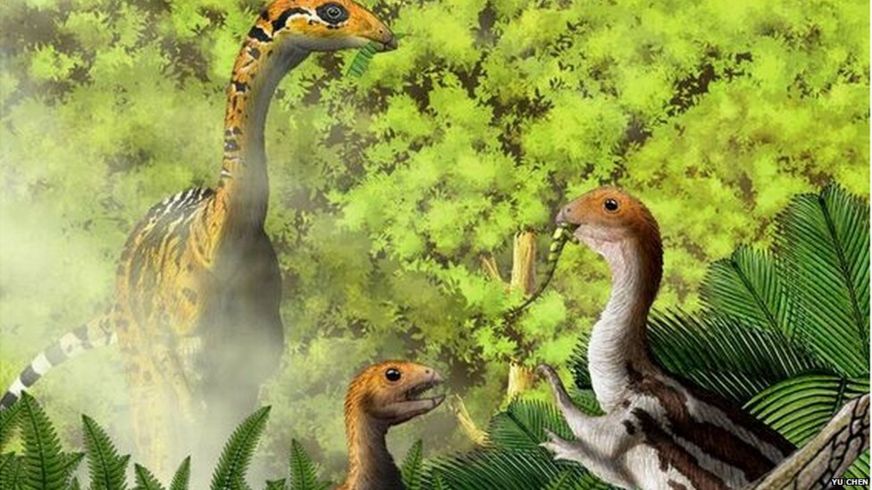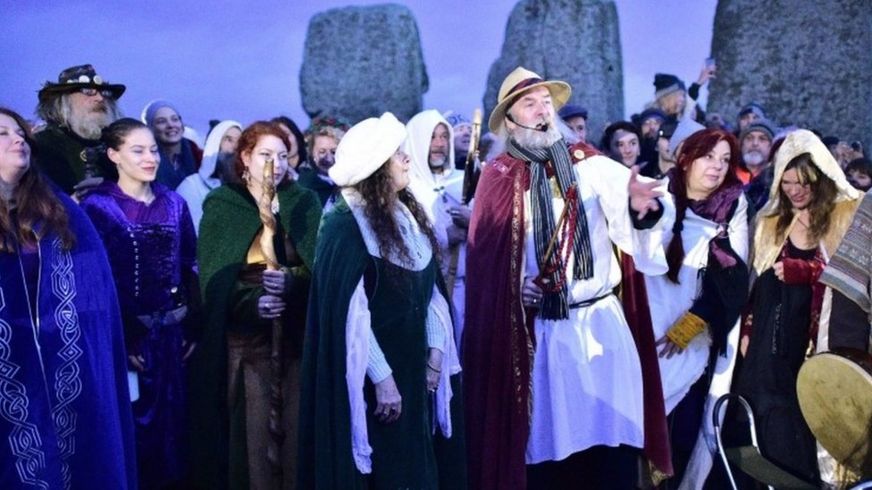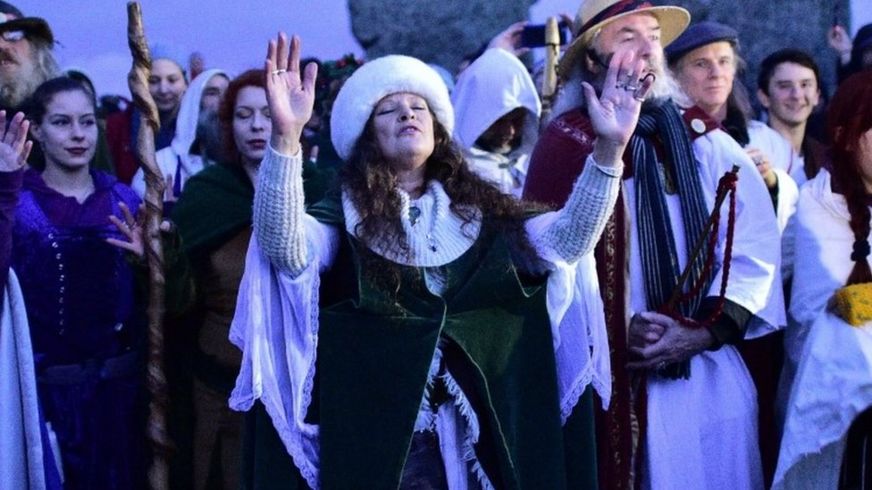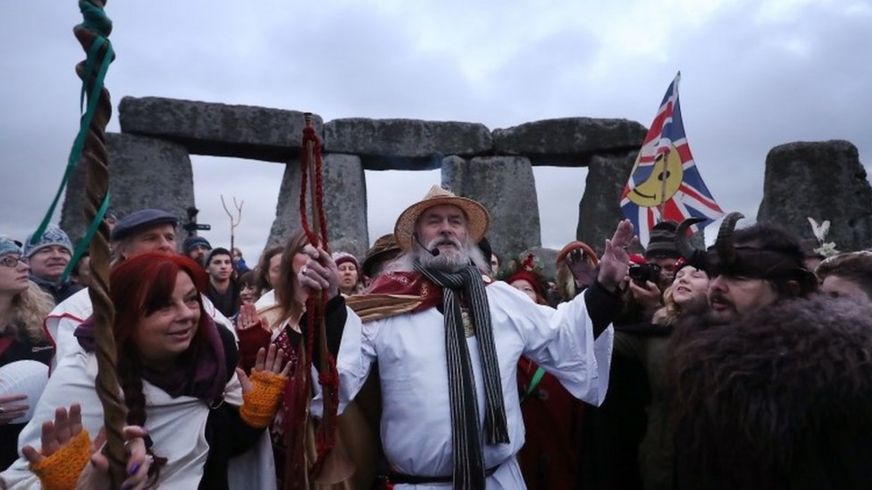DA: "smithsonianmag.com"
PER LE IMMAGINI:
For the First Time, All 5,000 Objects Found Inside King Tut's Tomb Will Be Displayed Together | Travel | Smithsonian
For the First Time, All 5,000 Objects Found Inside King Tut's Tomb Will Be Displayed Together
Take a sneak peek at the collection of the new Grand Egyptian Museum, opening in early 2018
By Allison Keyes
DECEMBER 21, 2016
In the conservation center for the Grand Egyptian Museum, a man hunches over an ancient piece of papyrus, patiently cleaning each fiber in an attempt to restore it to some semblance of its former glory. Nearby, another painstakingly pieces together a set of sandals—nearly ruined, but believed to have been worn by King Tutankhamun—that now resemble something of a jigsaw puzzle, pieces of black material scattered within the golden filigree that binds each shoe together. Islam Mostafa points to the expert working on the piece of papyrus.
“He is trying some mechanical ways to clean these pieces,” explains Mostafa, assistant to the general director of the museum. “The previous restoration and conservation were not [completed using] the latest technique, so he is applying the new method and trying to fix it.” Blending the old with the new, in such a way, is central to the mission of the Grand Egyptian Museum (GEM), which is currently under construction just 2 kilometers from the Great Pyramids of Giza, where the desert meets the floodplain. Our visit is courtesy of the American Chamber of Commerce in Egypt (AmCham Egypt), sponsoring an international media delegation including Smithsonian.com as part of an effort to bolster tourism. And, as General Director Dr. Tarek Sayed Tawfik explained, he and his team have a vision for the new facility that's just as impressive as its name suggests. “The identity of this museum is the state, kingship and eternity of ancient Egypt,” says Tawfik, who adds that the collection will do much more than simply display masterpieces of art. "It will also give a lot of background to the visitor ... how and why the artifacts were produced. This is a whole new aspect that will give this museum another taste.” Indeed, Tawfik says the GEM will have an incredible 50,000 unique objects on display—30,000 of which have never been shown to the public. And here, he reiterates that the museum will be about far more than simply looking at artifacts. “[It's about] feeling why they were made, and getting to understand how ancient Egyptians thought, and their relationship to their kings ... how this relationship [fed] into their beliefs concerning the afterlife,” Tawfik explains, a key insight since "most of the objects that we have from ancient Egypt are either from a funerary complex or from temples.” The main attraction at the GEM will be the first-time display of the complete Tutankhamun collection. All 5,000 items that were found inside the young king's tomb, first discovered in 1922 by British archaeologist Howard Carter, will be on view. One third of these artifacts have been featured previously at the Egyptian Museum in Tahrir, Cairo—but the GEM plans to showcase them in an incredibly realistic manner that enables visitors to experence the inside of the original tomb just as it was. “The objects in the [original] tomb were in four rooms, and they will be on display at the Grand Egyptian Museum in two oblong galleries with an area of 7,000 square meters," Tawfik says, explaining that he devoted extensive thought to how his exhibition might put a different lens on artifacts that have already been on display for many years. Then suddenly—"It came to me! I have a virtual line cutting these two long galleries, and then I have four spaces representing the four rooms,” says Tawfik. “If we just put the objects as they were inside the tomb, in the same order, then we will have ... the funerary complex of the king.” The GEM will also offer visitors a unique vision of Tutankhamun, the so-called Golden King. Here, museum visitors can see a shield, adorned in cheetah skin, that once belonged to him—but the king's more domestic side is on display, too: a granary and fruit, found inside the tomb, will be part of the exhibit, along with jars of beer, wine and oil. Many of the king’s garments will be shown for the first time, as well; because they are so fragile, it was previously considered too risky to put them on view. Then, there are the tools he used, and the sandals he wore, giving visitors the opportunity to follow the life span and physical development of the king, among more intimate glimpses into his life, including the bodies of his two stillborn daughters. “We’ve seen the gold," says Tawfik. "What will people be surprised by? Suddenly [here] you know what he was eating, you know what he was drinking, you know how he was dressed ... You start to live with him, you start to run the country with him, you even start to mourn with him for two little girls who died before they were born." Tawfik continues, "They are also part of the history of this man—his rise to power, his agony [of] being a king who must have been under pressure … not having an heir to the throne from his own line.” Yet there will be much more than the Tutankhamun collection to see when the GEM completes its planned partial opening in early 2018. Along with the galleries showing the artifacts from the king’s funerary complex, visitors will find a grand staircase containing 100 statues and architectural elements. Among them: a seated, granite statue, created at scale, portraying famed King Amenhotep III, and a statue of the falcon-headed God Ra, both of which were just discovered in 2009. Tawfik notes that the museum will also have chronological galleries that will take visitors from pre-history to the Greek and Roman periods in ancient Egypt.
“You’ll actually be moving from one exciting story to the other,” says Tawfik, "and I think this will be one of our main differences to other museums. We are not a museum of art and architecture. We are a museum that will be giving complete package stories … and if you have the time you can go really deep into them.” Among the reasons that the GEM itself was conceived, the Egyptian Museum in Tahrir has been criticized for being overcrowded, displaying pieces in a way that is said to make the experience cumbersome for visitors. And as excavations continue in Egypt, there has been a need for ever-greater space in which to display new artifacts. But, lest you consider forgoing other museums in favor of this newest on the scene, remember that the treasures of the antiquities are vast. The general director of the original Egyptian Museum, Sabah Abdel Razek, stresses that there are other exciting artifacts that will soon be displayed in the galleries that currently hold part of the Tutankhamun collection there—among them, breathtaking gold pieces from the ancient Egyptian city of Tanis, ancient capital of the 21st and 22nd dynasties.
“There are the treasures from Tanis, and also from the tomb of Yuya and Thuya (Tutankhamun’s great grandparents)” Razek explains. “These treasures are equal to those of Tutankhamunm," with artifacts from intricate jewelry to masks. She adds that the Egyptian Museum also boasts innumerable other masterpieces, including startlingly lifelike Fayum mummy portraits dating to the Roman Period between the 1st and 3rd centuries, and a stunning statue of King Khafre—the 4th King of the 4th dynasty, and builder of the second of the three pyramids at Giza. Razek adds that the departure of the Tutankhamun artifacts will, in fact, be a boon for visitors to her museum. “There will be more space for displaying the different objects in the museum from different periods," she explains, "so visitors will enjoy a larger space and be able to see the objects better." Both Razek and Tawfik spoke about the ongoing battle that Egypt is waging to retrieve stolen artifacts and monuments, a struggle that dates to the 1800s. Some such relics have been discovered in the hands of individuals who had smuggled them out of the country, then sold them to auction houses; others have found their way into various museums. According to Razek, the middle and inner coffins of a woman, Shesep Amun Tay Es Heret, were repatriated from the U.S. just last year. Yet many other artifacts are still missing, and GEM’s Tawfik says this must stop. “We want to make the point that anybody who, in an illicit way, tries to take objects out of Egypt will be prosecuted,” he says. But there’s another reason this is so important, particularly as preparations continue for the opening of what Tawfik believes will be a jewel among the world’s museums. “Hopefully at the beginning of 2018, we’ll be able to welcome guests from all over the world, but mainly the Egyptians, because we want the new Egyptian generations to [have] pride in their ancient culture,” he explains. "This will be ... the means for them in the future to protect their heritage.”









